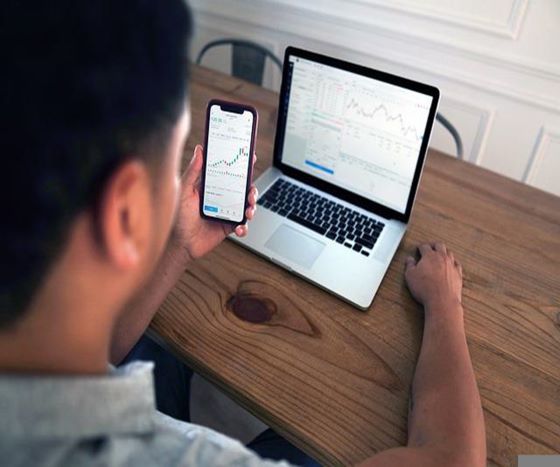
Why should you join our Funded Trader Program?
- Fully funded trading account.
- Big profits 50-50 % profit split.
- Mobile International Trading.
- You’re not liable to losses.
- 10% Drawdown.
- Robust Technology and Deep Institutional Liquidity.


Forex Trading for Beginners
This leverage allows traders to buy more shares than they would otherwise be able to afford, which often yields higher returns than buying stocks outright with only the amount of money they have available.
Margin Trading is the process of borrowing money from a broker to trade on margin. In a margin trading account, you deposit funds with your broker and use them as collateral for buying more stocks or other securities. So, what is 5% margin leverage? Understanding leverage vs margin and how they correlate to each other helps make everything easier. Anytime you see a forex margin of 5%, it simply means you are getting leverage of 20:1.
Is margin trading the same as leverage trading? While the two terms may sound one and the same, it is important to know that margin vs leverage trading works very differently. When it comes to margin trading, money borrowed is always secured by collateral.
This is precisely how it works: You buy shares of financial instruments with borrowed money and then sell them at a higher price than your initial investment. When the market falls in value below your original purchase price, you sell them back to the broker at their original price, then repay the loan with interest over time and vice versa. And how do you calculate margin leverage?
Margin vs leverage also involves calculation as it is a crucial part of understanding how they work in forex trading. The good news is that many brokers have a margin calculator, but you can still do it yourself without ever needing a calculator.
For example; If you want to open a position with £25,000 with a leverage of 25:1, then the margin would be; £25,000/25, which is £1,000
In other words, Margin = Size of the Position/ The Higher value in the Leverage Ratio.
Among the first things to understand are their differences, and one is their buying power. Leverage boosts your purchasing power, while margin allows you to get the funds, depending on your collateral. So, can you leverage trade without margin? Both margin and leverage work interchangeably, meaning that a margin account can help you generate leverage. However, if you trade without a margin, it means that you cannot access funds from your broker to use in opening positions.
It is also worth noting that non-margin accounts cannot participate in;
What is better leverage or margin? This is one of the most asked questions in leverage vs margin comparison analysis. While both allow you to get the money you need to scale your portfolio, it is vital to understand how to use them. Leverage and margin are great tools in forex trading, but how you apply them matters a lot.
According to experts, leveraging your trades cautiously over a long period could be beneficial as it helps minimize losses. On the other hand, when the margin is used in short-term investments in liquid markets, it can yield greater returns. Therefore, it is wise to do your research and understand how they work and how they should be used for better returns. Prop trading firms like Audacity Capital will help you get started successfully. In fact, the firm will fund your account so that you can begin trading without worrying about trading capital.
This usually depends on the forex broker you use, but it usually starts from 1%. This means you can control $100,000 with only $1000.
As a newbie, using leverage is important as it will help you increase your profits. However, knowing it can blow your account is also crucial, which is why it is essential to use leverage wisely.
As a new forex trader, a couple of things may sound confusing when first investing in the forex market. The key is understanding every forex terminology to avoid mistakes and confusion when investing. Leverage vs margin is one thing mainly discussed in the forex exchange market, but unfortunately, very few traders understand how they work.
First, leverage and margin are two different things. Leverage refers to how much you have invested in a transaction, while margin refers to the amount of money you need to put up as collateral for each trade.
The difference between leverage and margin is an important one. You can leverage your money to increase your profits or reduce your losses on a trade. You can also lower your risk by borrowing money from a broker or bank and then using that borrowed money for each trade.
On the other hand, margin trading is usually done with stocks, futures, and options but can also be used with bonds and commodities. Margin requirements vary by broker, but typically they range from 1% to 3%. When traders use margins, they are putting up their capital as collateral against a potential loss on the position they have taken. This means that if their positions go against them, they owe the broker money. Keep reading to gain more insight on margin trading vs leverage trading and how they work.